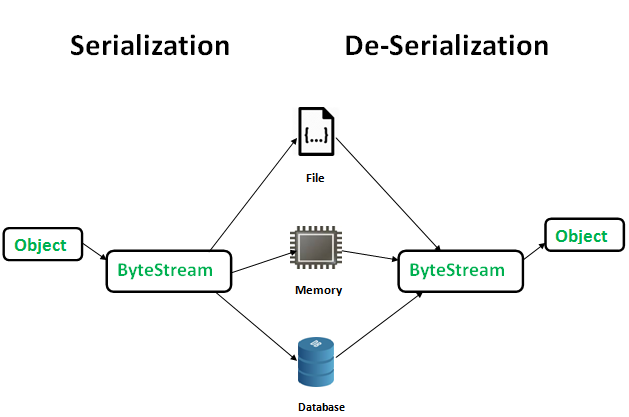
Introducing XML Serialization • • 10 minutes to read • Contributors • • • • In this article Serialization is the process of converting an object into a form that can be readily transported. For example, you can serialize an object and transport it over the Internet using HTTP between a client and a server. On the other end, deserialization reconstructs the object from the stream. XML serialization serializes only the public fields and property values of an object into an XML stream. XML serialization does not include type information. For example, if you have a Book object that exists in the Library namespace, there is no guarantee that it is deserialized into an object of the same type.
To serialize an object to xml. Handles some special cases like arrays, collections and maps as well. Reads public member variables of classes (does not search for get functions). The first step is to create a control that has a serializable collection as. String Collection Editor. Of the DesignerSerializationVisibilityAttribute on the. In this post will examine the different options JAXB offers for representing collections in XML. We will look at the following annotations: @XmlElement.

Igt Sas Protocol Manual. Installer Dlc Xbox 360 Xkey. Note XML serialization does not convert methods, indexers, private fields, or read-only properties (except read-only collections). To serialize all an object's fields and properties, both public and private, use the instead of XML serialization. The central class in XML serialization is the class, and the most important methods in this class are the Serialize and Deserialize methods. The creates C# files and compiles them into.dll files to perform this serialization.